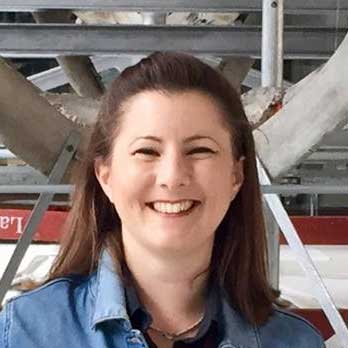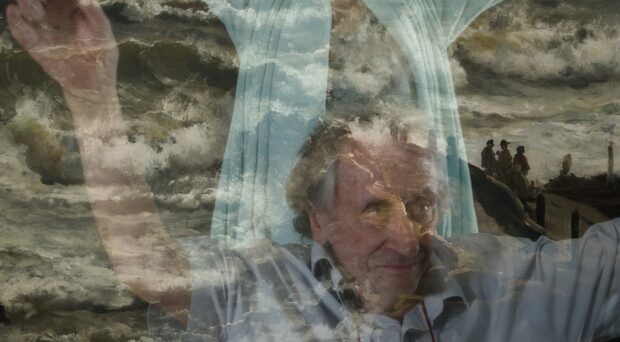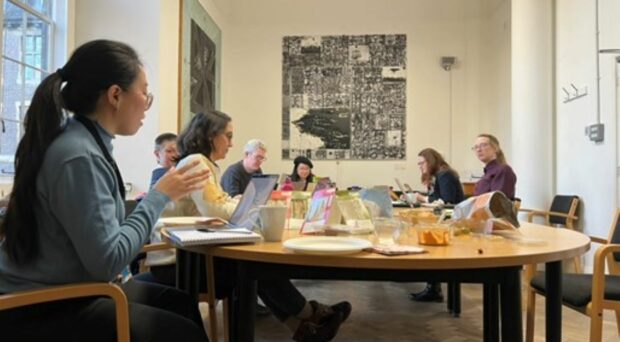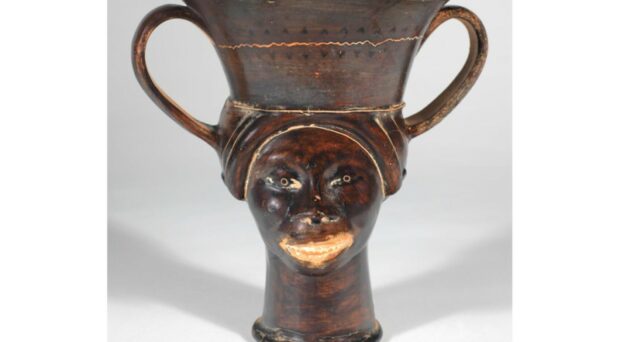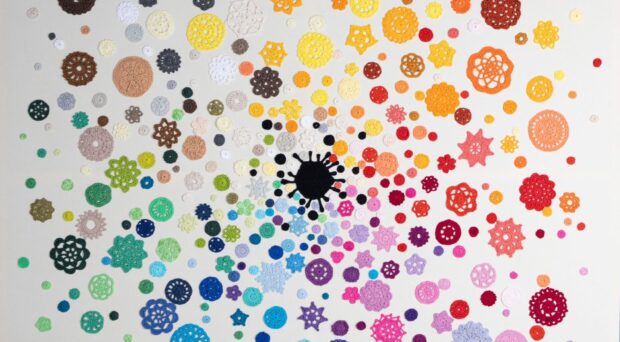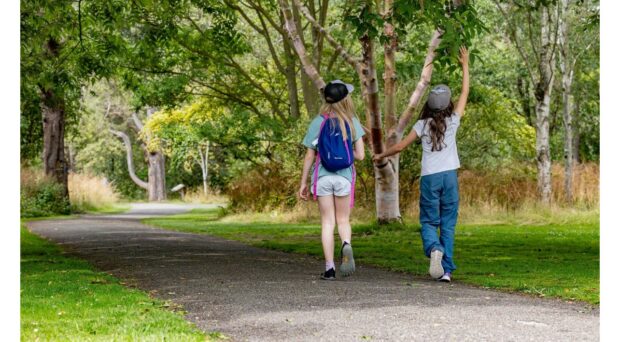The University of Cambridge Museums offer work experience placements for school-aged participants, providing the opportunity to spend a week learning new skills and developing their self-confidence, timekeeping and communication.
During their placement work experience students spend half their time at the Fitzwilliam Museum and half their time at one of the other collections in Cambridge – this week it was the Museum of Cambridge and the Museum of Technology.
The week from Monday 3 July to Friday 7 July was the second of our four summer Work Experience Weeks. Four students were chosen from those who applied. At the start of the week, we presented them with four questions and asked each of them to answer one. Below are their responses.
Why Did You Want To Do Work Experience With The University Of Cambridge Museums?
I decided to apply for work experience at the museums because I know that at university one of the options I have is to do history. However, I was not sure of the type of jobs that this would open me up to other than historian, which is a very general word. The idea of working in a museum was something that sounded fascinating but in reality I had no idea of the areas that I could work in (curator being the only one I vaguely knew). Therefore I thought it would be a fun and interesting place to give me an insight into the daily workings of the museum. Also I knew there would be a contrast between the Fitzwilliam and the other smaller museum which meant I could see different perspectives on museum life. It would also help me decide if I could see myself exploring this line of work the future. Having been to the museum many time before, I thought it would be amazing to see some of what goes on ‘behind the scenes’ as you don’t usually get that kind of opportunity.
Tara Ridgeon. Chesterton Community College, Cambridge.
What has surprised you about working at the museums?
The week’s work experience made me aware of the complexities of working in a museum and all of the hard work that goes into preserving priceless artefacts. During the session with Richard Farleigh on Paintings, Drawings and Prints in the Fitzwilliam Museum, I was in awe about the details of framing and how difficult they were to produce, especially after my attempt to make one (despite the help!). It was extremely interesting to learn about the ways paper manufacturing changed over time as well as the other, less obvious reasons for framing objects. The system of storing these objects in Solander boxes was also far more organised than I expected.
After visiting the Cambridge Museum of Technology I was struck by the stark contrast between the two museums. The museum provided an insight into the history of industry in Cambridge, an area that I had not explored before. The cataloguing and packing of objects such as the 1964 Black Box by Pye highlighted the long and thorough process that has to be completed in order to ensure the artefacts are safely transported and any damage is reported before their relocation.
This week has amazed me and was far from what I expected – it has definitely been a wonderful experience.
Lucia Cafoor-Camps. The Perse, Cambridge
What was your favourite part of the work experience?
I thoroughly enjoyed my week at the Fitzwilliam, an amazing opportunity which allowed me to discover the different roles involved in the running of a Museum. One of my favourite activities during my time here was looking around the Museum on the Monday, as it was closed to the public and it was fascinating to look at the collections in silence. Another opportunity we had was to go onto the roof of the Fitzwilliam which provided a spectacular view. Moreover, we were able to look at the stained glass windows close up and see the intricate detail, something hard to do from inside the Museum, not only as they are high up but as they are currently covered! Finally, as I want to study history at university, I found my time at the Museum of Cambridge really interesting, particularly the opportunity we had to look through the archives and help organise them, stumbling across interesting newspaper articles about Cambridge from hundreds of years ago!
Amelia Dhuga. Colchester County High School for Girls, Colchester.
Why should other students take part in work experience at the University of Cambridge Museums?
Work experience at the University of Cambridge Museums has been a wonderful experience, and one that I would definitely recommend to any students who are interested in seeing how museums are run, or even those who have a general interest in the arts. The placement week was of course incredibly interesting and informative, but most importantly it was hugely enjoyable for us all, and so even if you are unsure of which area you might like to work in in the future (like myself), the placement can open your eyes to new options. Over the course of the week we gained the opportunity to learn new skills and delve into the inner workings of two very different museums (in my case the Fitzwilliam Museum and the Cambridge Museum of Technology). In both places we learnt about the abundance of fundamental roles that each museum requires – from security and events coordination to the conservation of ancient and extremely rare manuscripts. Visiting all of the different departments across the museum not only allows you to meet many members of staff who are experts in their fields, but it also enables students to view different perspectives of what it is like to work there, and interestingly it is very beneficial for students to find out what led them down that path and attracted them to working in museums. Overall, the experience has opened my eyes to the wide range of possibilities that working in a museum has to offer.
Hope Grose. Uppingham School, Rutland.
The University of Cambridge Museums runs two work experience programmes – taster days throughout the year, and summer work experience weeks. Find out how you can get involved on our website.

